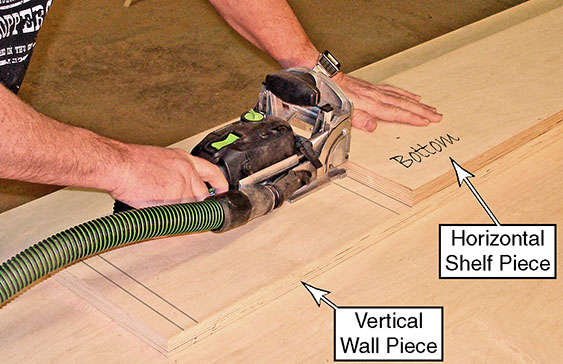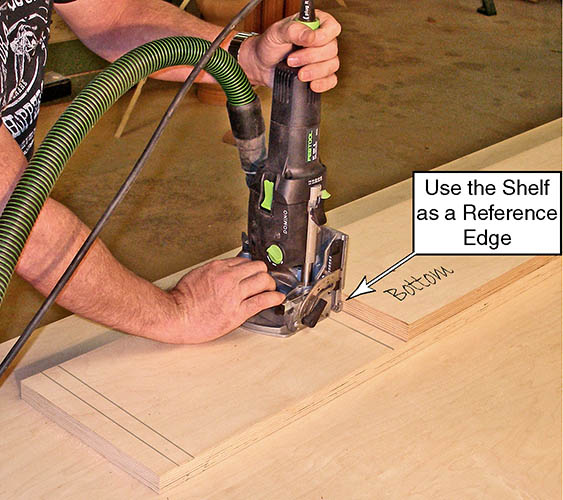- Joined
- Jan 22, 2007
- Messages
- 8,426
How about... only turn the width adjustment dial when it's running. Or, maybe, don't turn the dial when it's not running. The choice is yours. [big grin]
Wood_Junkie said:Sometimes when you turn the car off, you can put it in gear without depressing the clutch. Sometimes you can't, because the gears aren't lined up, and they aren't moving.
Similarly, you can actually shift while driving, without using the clutch, but you have to get lucky with the timing to get into gear. You can always shift *out* of gear while driving, without using the clutch.
Chris Meggersee said:Wood_Junkie said:Sometimes when you turn the car off, you can put it in gear without depressing the clutch. Sometimes you can't, because the gears aren't lined up, and they aren't moving.
Similarly, you can actually shift while driving, without using the clutch, but you have to get lucky with the timing to get into gear. You can always shift *out* of gear while driving, without using the clutch.
[scared] Your poor car! I hope for it's sake you drive a automatic [tongue]
I second what Shane said. I can see now why they just blanketed that statement.
mosez said:oh, i already exchanged the paddle that was responsible for the longer distance of the mortise from the edge with the replacement paddle as explained in ricks supplemental manual. this just led to the edge being not flush in the other direction...
ideas?
Mike Goetzke said:I'm a hobbyist and only use my Domino occasionally, but, don't want to relearn or look up techniques all the time. One thing that I think affects the quality of my mortises is how fast I plunge the tool. I have seen it suggested to push it in and release quickly and also to take 4-sec. to plunge. Which is correct?


